Stonehenge: Was it a recycled monument from Wales?
- Published
- comments
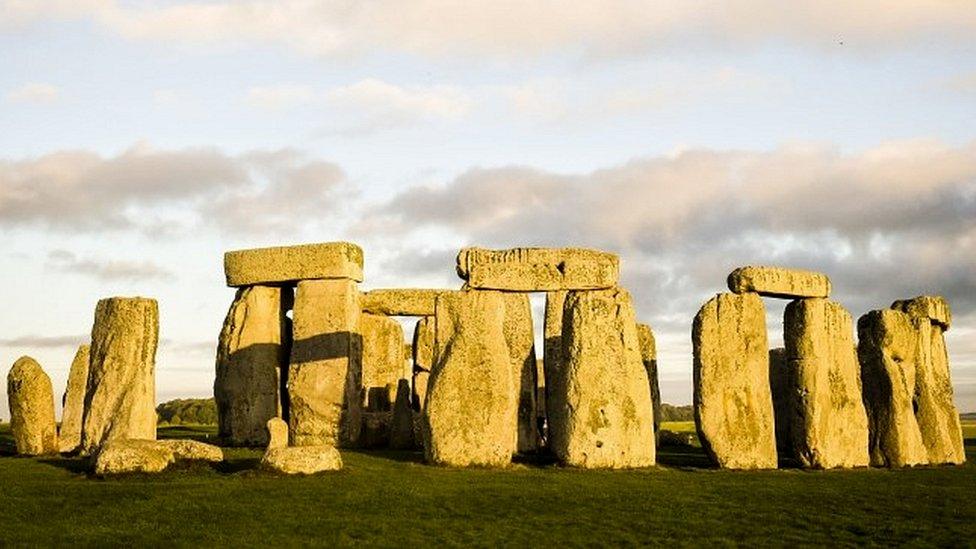
Stonehenge, a World Heritage Site, was built over many hundreds of years, with work beginning in the late Neolithic Age, around 3000 BC
It's one of the world's greatest monuments and greatest mysteries...until NOW!
For centuries, people have tried to discover where Stonehenge - a giant and ancient stone circle in Wiltshire - came from.
And now, archaeologists in Wales might have the answers!
They found one of Britain's biggest and oldest stone circles, named Waun Mawn, in the Preseli Hills in Wales, which they believe could have been dismantled and rebuilt 150 miles away on Salisbury Plain as Stonehenge.
What else do we know?
WATCH: What is the story behind Stonehenge? (Oct, 2018)
The Welsh stone circle, believed to be the third biggest in Britain, could be the original building blocks of Stonehenge. The team behind the discovery said there are key elements linking Stonehenge to the Welsh monument.
Waun Mawn has a diameter of 360ft (110m), which is the same as the ditch that surrounds Stonehenge, and both are aligned on the midsummer solstice sunrise.
Also, several of the rocks at Stonehenge are of the same rock type as those that still remain at the Welsh site.
One of the bluestones at Stonehenge has an unusual cross-section which matches one of the holes left at Waun Mawn.
Experts have known for a long time that Stonehenge's 42 smaller 'bluestones' came from the Preseli Hills in west Wales, but the new discovery suggests the bluestones from Waun Mawn could have been moved as the ancient people of the Preseli region migrated, taking their monuments with them as part of their ancestral identity.
These stones would then have been re-erected at Stonehenge.
Archaeologists said this could explain why the bluestones, thought to be the first stones erected at Stonehenge, were brought from so far away, while most circles are constructed within a short distance of their quarries.
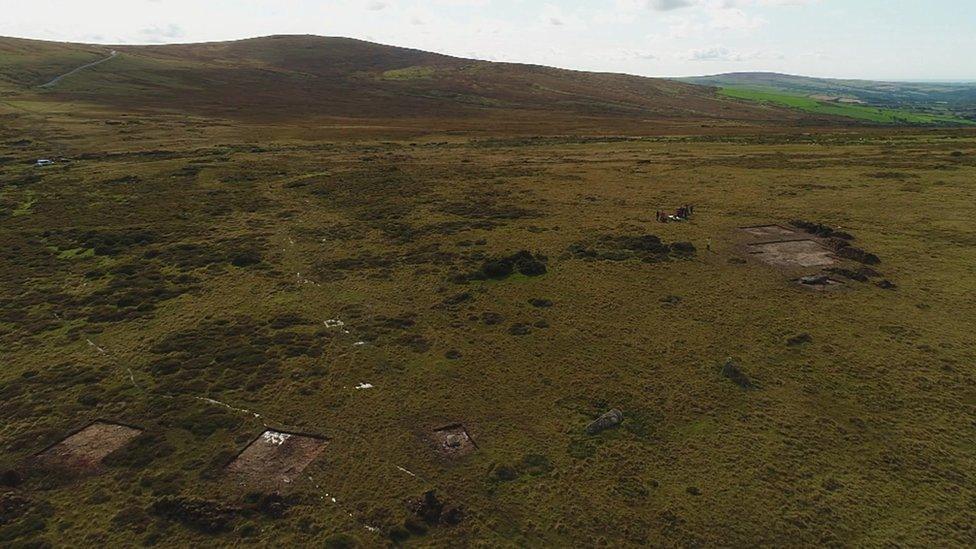
Archaeologists unearthed the ancient stone circle at Waun Mawn in the Preseli Hills, Pembrokeshire
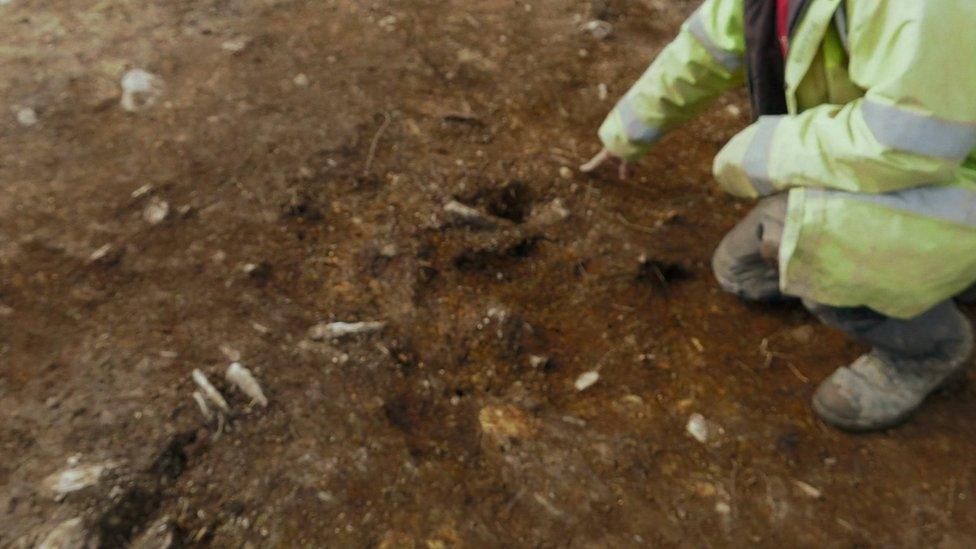
Multiple large "stone holes" were found at Waun Mawn
Archaeological investigations led by Professor Mike Parker Pearson of University College London previously excavated two bluestone quarries in the Preseli Hills.
Their discovery that the bluestones had been extracted before the first stage of Stonehenge was built in 3000 BC led the team to re-investigate the nearby Waun Mawn stones to see if it was the site of a stone circle supplied by the quarry and later moved.
Only four large stones remain at the site, but an archaeological dig in 2018 revealed holes where stones would have stood, showing the remaining stones are part of a wider circle of 30-50 stones.
The scientific dating of charcoal and sediment from the holes reveal it was put up around 3400 BC.
Neolithic people
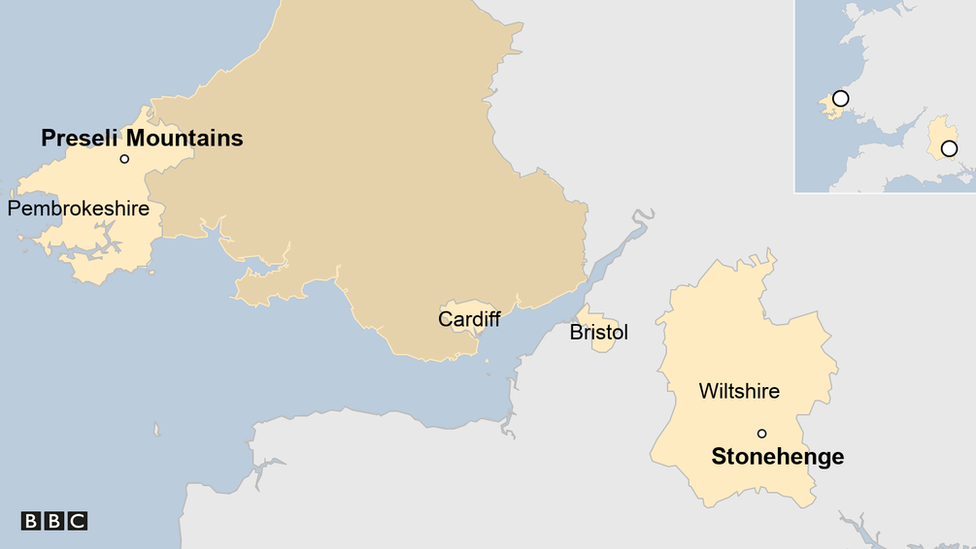
The Preseli Hills are 150 miles (240 km) from Stonehenge in Wiltshire
The Neolithic age was the final period of the Stone Age and began approximately 12,000 years ago.
The discovery of Waun Mawn confirms that the region was an important area where many people lived in Neolithic times, until 3000 BC when activity seems to have stopped.
Prof Parker Pearson said: "It's as if they just vanished. Maybe most of the people migrated, taking their stones - their ancestral identities - with them."
Analysis of the remains of people buried at Stonehenge at the time the bluestones were put up seem to back up the theory, as it shows some of them were from western Britain, possibly Wales.
With only a few of the Stonehenge stones directly linked to Waun Mawn, the archaeologists also believe rocks from other stone circles could have been taken from Wales to form part of the new monument.
Prof Parker Pearson said: "With an estimated 80 bluestones put up on Salisbury Plain at Stonehenge and nearby Bluestonehenge, my guess is that Waun Mawn was not the only stone circle that contributed to Stonehenge.
"Maybe there are more in Preseli waiting to be found. Who knows? Someone will be lucky enough to find them."
- Published26 October 2018
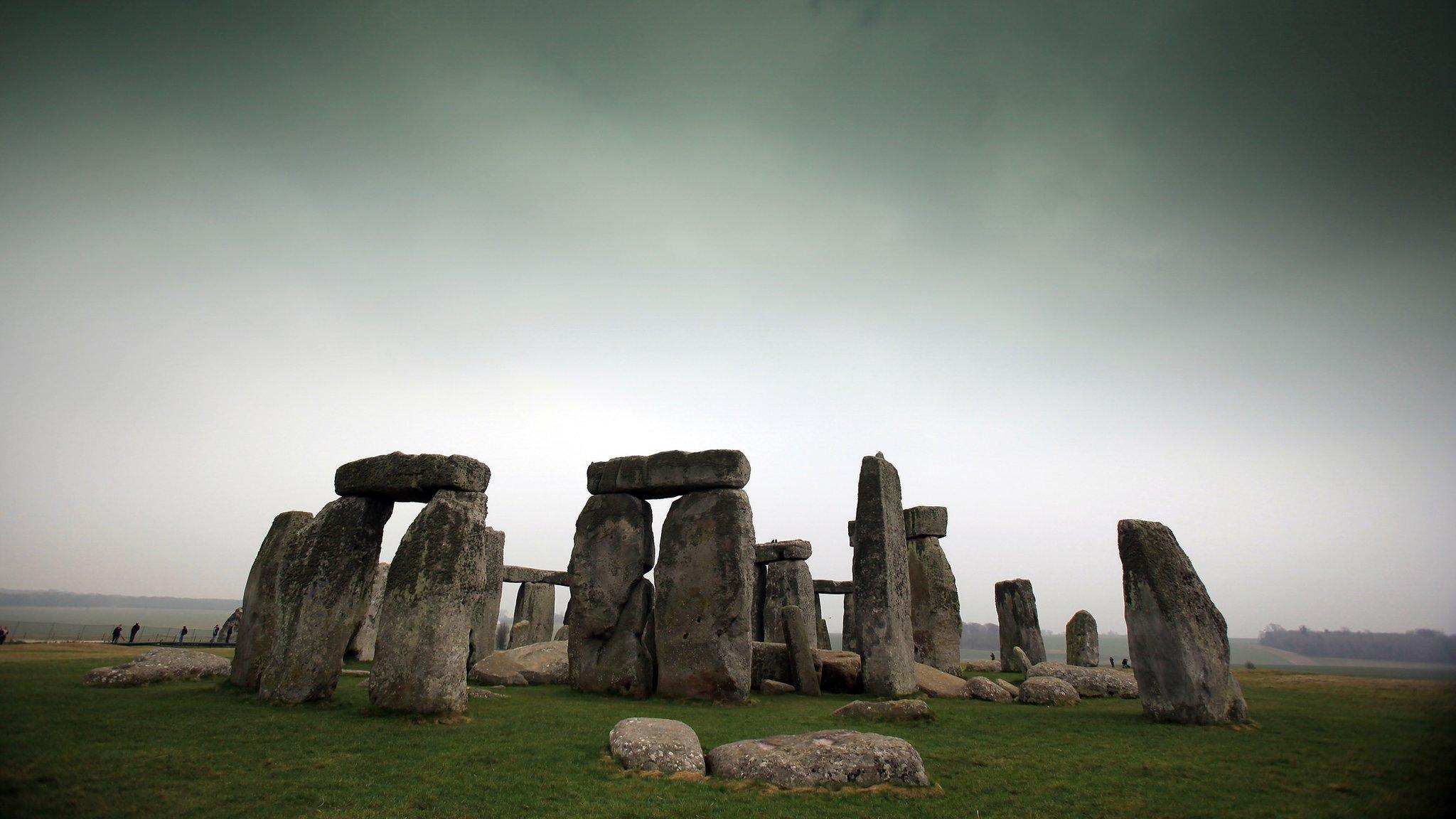
- Published22 June 2020
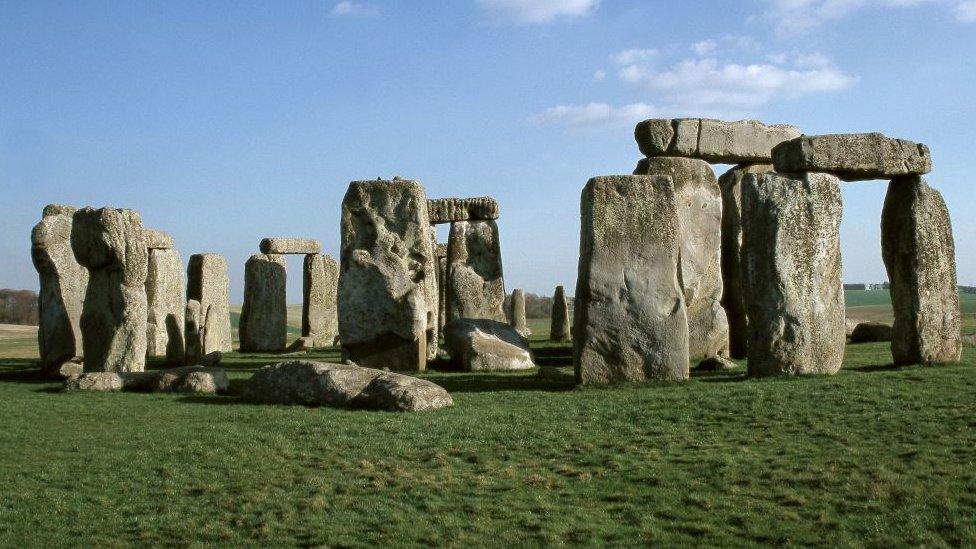
- Published7 September 2015

